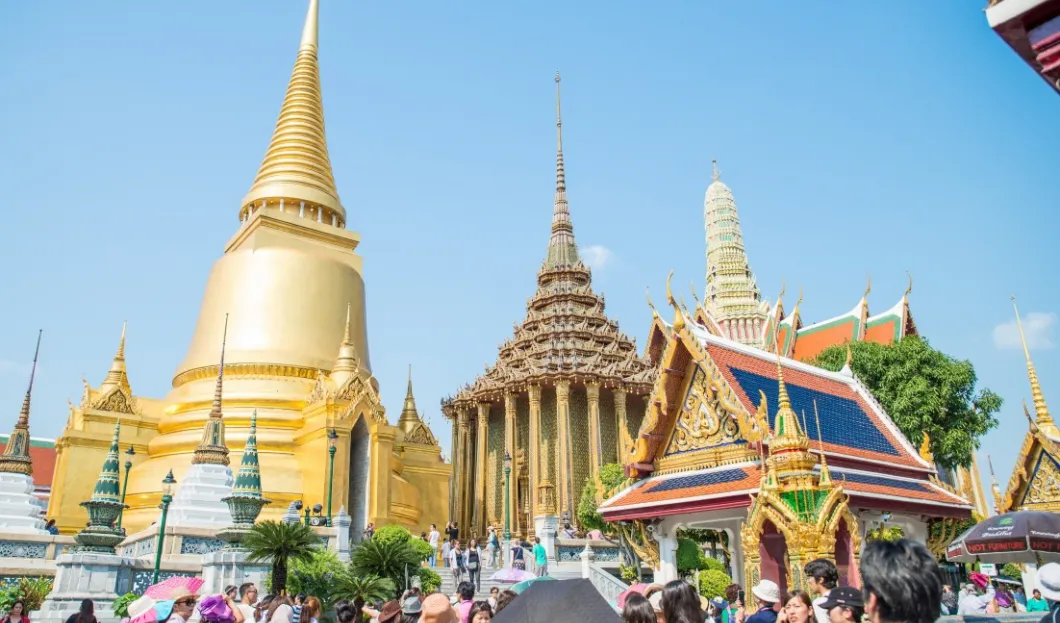
According to the sixth annual MasterCard Cities Index, published last September, the city of Bangkok is currently major city destination, as determined by international tourist arrivals. According to the ranking, seven of the ten rapidly evolving city destinations are Colombo, Chengdu, Osaka, Taipei, Tokyo, Xi'an and Xiamen. Tourism in Asia however needs to develop in a more sustainable way.
As Thailand and a large part of Asia have begun to welcome an overwhelming number of tourists, regional policy makers and tourism stakeholders proclaim that the region needs to move towards more sustainable services and facilities, developing mainly the infrastructure.
The tourism authorities in South-East Asia and the entire region are facing a challenge. Although they are taking their best efforts to develop tourism in Asia– e.g. through the campaigns like “Malaysia Truly Asia” and the “Wonderful Indonesia” – they need to identify the dangers of uncontrolled economic development.
The problem is that the continual economic development is jeopardizing the long-term sustainability of tourist attractions that attract large numbers of visitors each year.
In Thailand, nicknamed the "Land of Smiles," the tourism sector contributed $36.7 billion to the economy, equivalent to 9.2% of total gross domestic product, according to the World Travel and Tourism Council. WTTC predicts that the country is estimated to be the 10th fastest growing tourism economy in the comming decade.
The governments throughout the South-East Asia region and also around the world have been investing in travel and tourism, as well as in various country brand campaigns.
Asian countries need to address the issue of inequality of opportunities that is likely to affect small and medium-sized entrepreneurs as it is extremely important for the tourism in Asia and any country in the long run. This could entail transparent tenders for development opportunities, increase competition in the hospitality and aviation sectors.

Tourism experts based in Asia support more and more various community-based tourism projects that offer local residents a voice when deciding about the type of tourism projects to be planned for these communities.










